Most of us think of the deep sky as the neighbourhood of telescopes and binoculars. It’s hard to imagine the things astronomers have learned about the Universe and the photos of galaxies captured by high end telescopes being possible without them.
But that doesn’t mean we have to be left out if we want to see beautiful star clusters without using lenses.
Naked-eye astronomy is nothing new: as far back as ancient times, long before the invention of telescopes, people have observed deep-sky objects with just the naked eye.
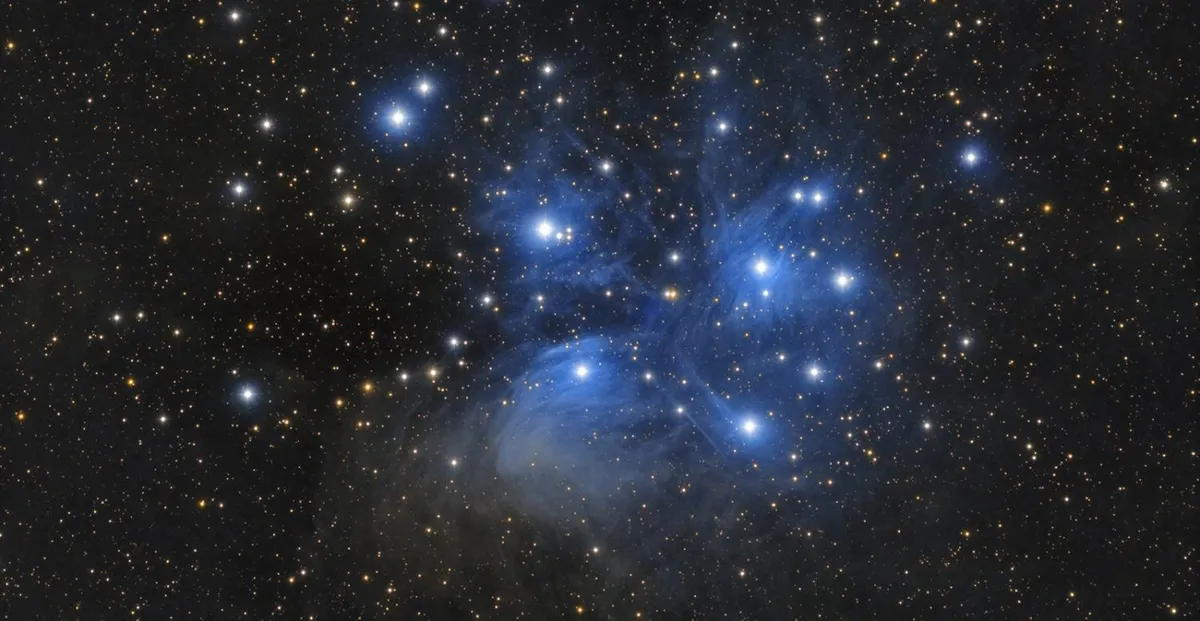
Two of the most famous naked-eye clusters in the night sky are the Hyades and Pleiades clusters of Taurus the bull, but there are others you can see just by looking up.
Here are 5 other open clusters – gravitationally bound but loose groupings of stars - that I love, and which you can see without any kind of optical aid.
To help your eyes prepare for observing the night sky, read our guide to averted vision. And if you need help locating our 5 clusters, you can use free planetarium software like Stellarium or download an astronomy app to your smartphone. But don't forget to turn your phone's screen red to help preserve your night vision.
I hope you’ll head out tonight and have a look. Happy hunting and clear skies!
5 naked-eye star clusters
1
Ursa Major

Let’s start with one of the most famous patterns in the night sky. The Plough is an asterism, an unofficial group of stars within Ursa Major.
While most of the patterns we see are made up of unrelated stars, most of the Plough’s stars are at about the same distance and are moving away from us at about the same speed and in the same direction.
The Ursa Major Moving Group is probably the closest cluster to us, only about 80 lightyears away and is so spread out in our sky that you probably didn’t realise you were looking at a cluster at all.
It’s circumpolar, which means it’s so far toward the north that it’s in the sky every night of the year. You probably already know how to find it, so just look to the north the next time you’re looking up.
For more Plough observing, read our guides on stars Merak and Mizar and Alcor.
2
Coma Berenices Star Cluster
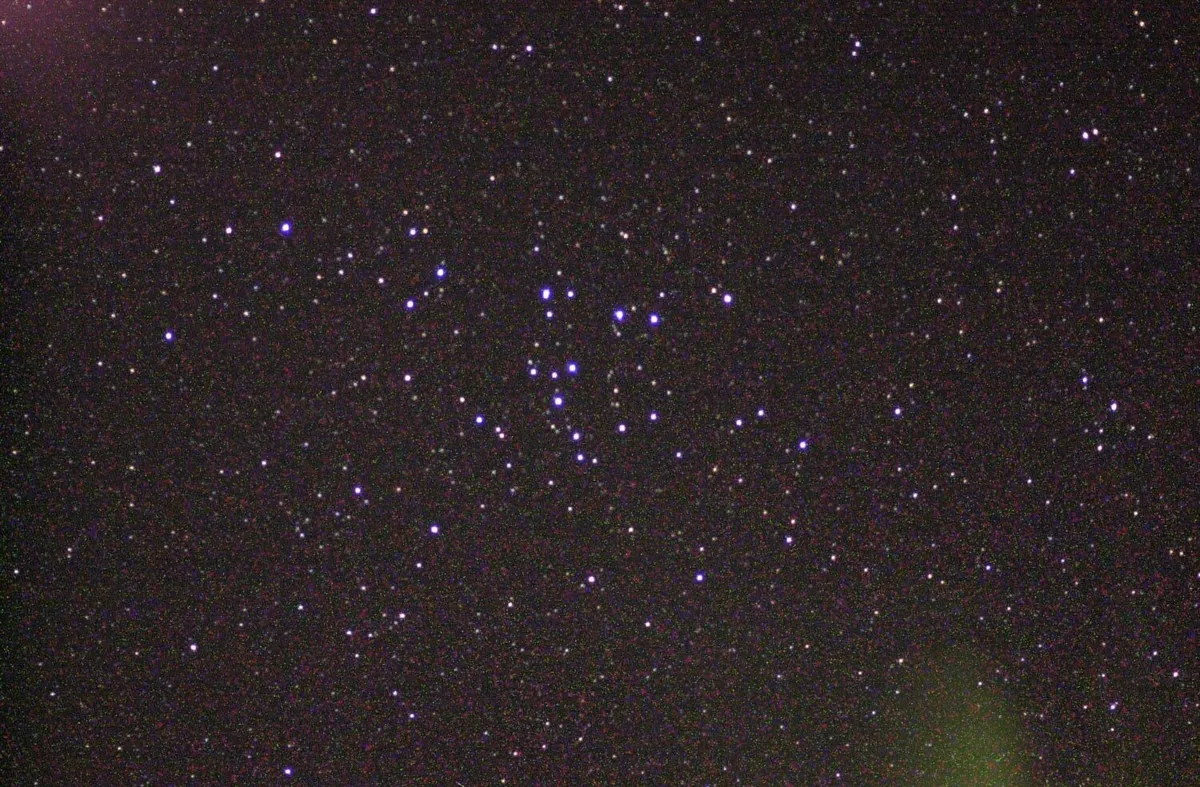
The beautiful Coma Star Cluster is tucked about halfway between the Alkaid, the last star in the Plough’s handle and Denebola, the tail of the constellation Leo, the lion.
It’s a group of 50 or so stars, located about 300 light years distant. It’s a little tough under light pollution but it’s best seen on spring nights, once all of Leo is high enough into the eastern sky to see easily.
3
Orion’s Head
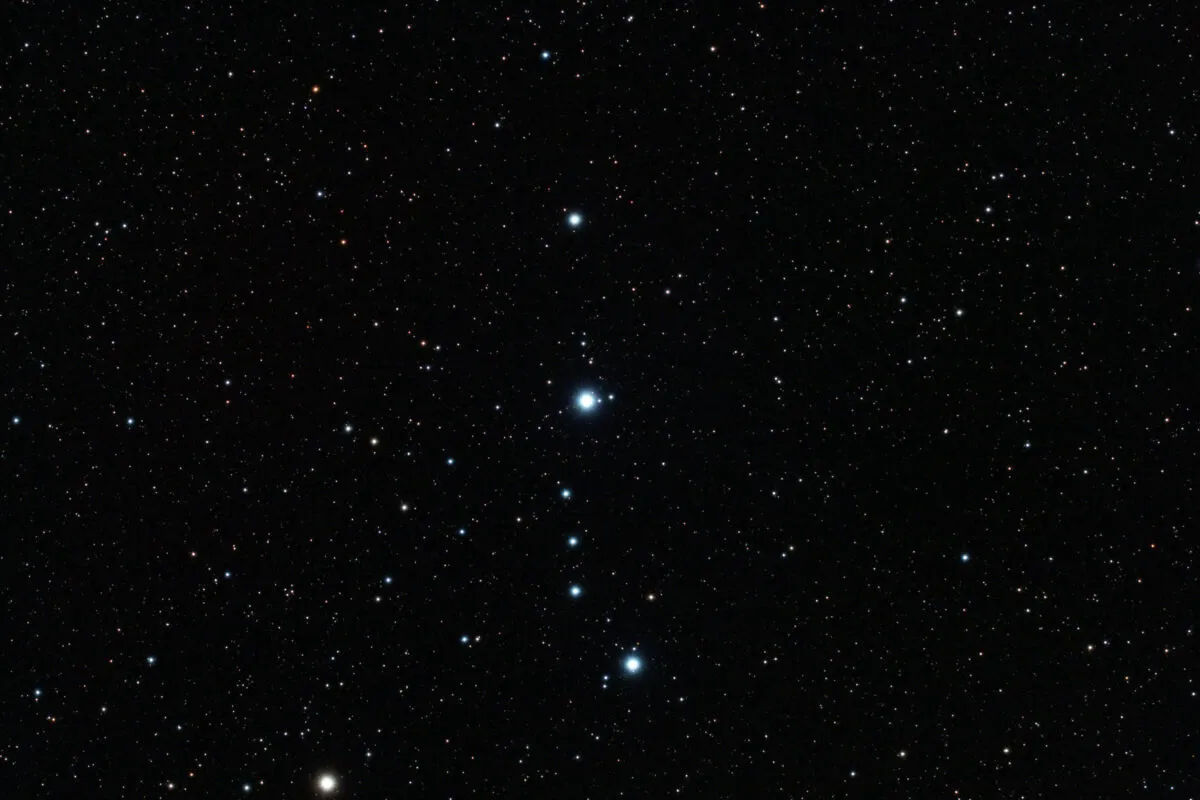
Lots of us can quickly rattle off the names of Orion’s most famous stars – his shoulders, feet, and three belt stars – but what about his head? Meissa is the brightest star in Collinder 69, a small cluster around 1000 light years away.
With the naked eye, you should be able to see it in a triangle above Betelgeuse and Bellatrix, the hunter’s shoulders on clear nights from October to May.
You might even be able to pick out a small backward-L-shaped group made from some of the cluster’s other stars.
4
Alpha Persei Cluster
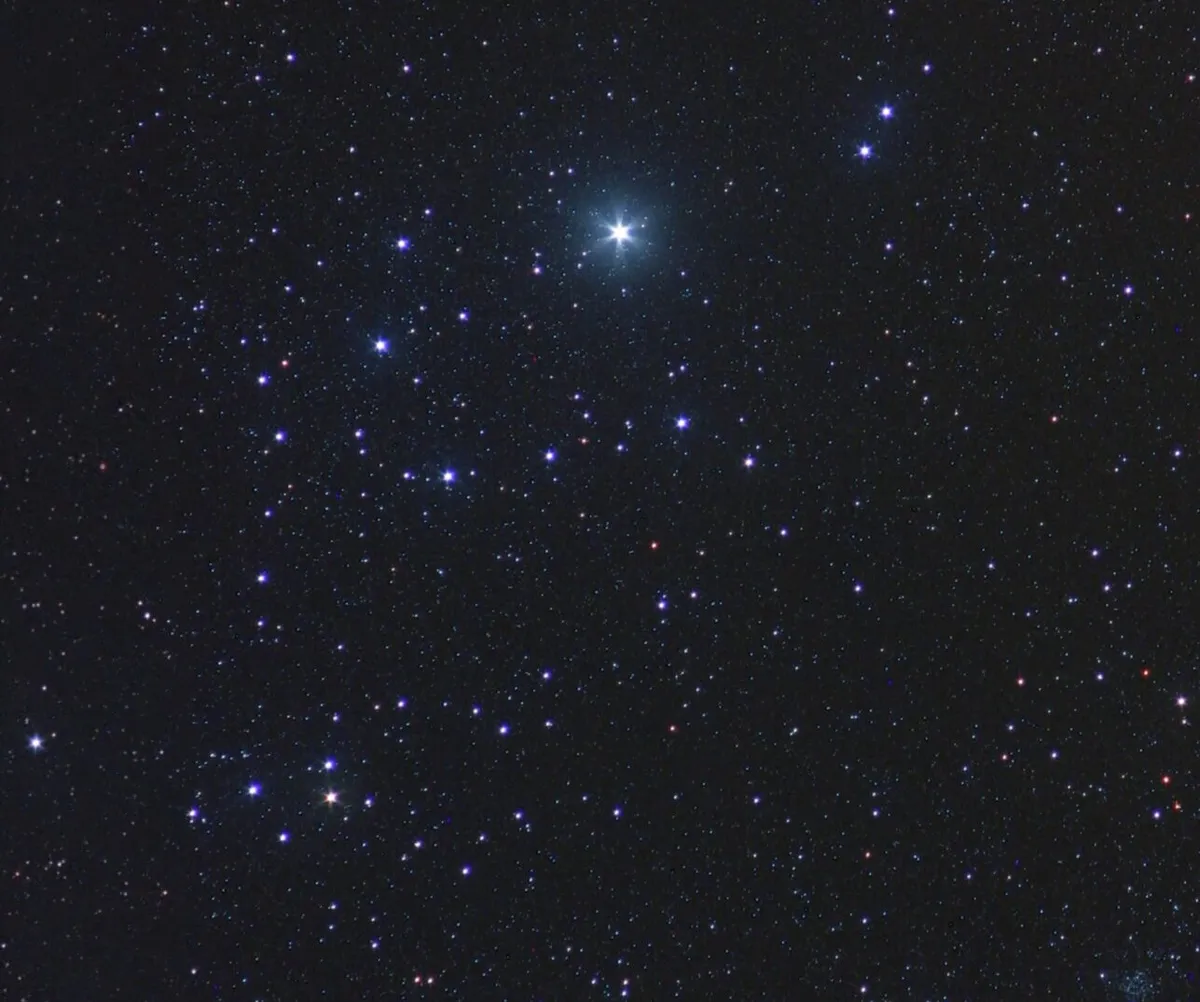
One of my favorite non-Pleiades clusters is the wonderful Alpha Persei cluster, which is about 600 lightyears away. Mirfak, the brightest star in the constellation is also the brightest in the cluster.
It’s easiest to see from late summer and into autumn, but Perseus is circumpolar in the UK, so it’s above the horizon every night of the year, though it dips frustratingly close to the northern horizon for much of the spring.
5
Double Cluster
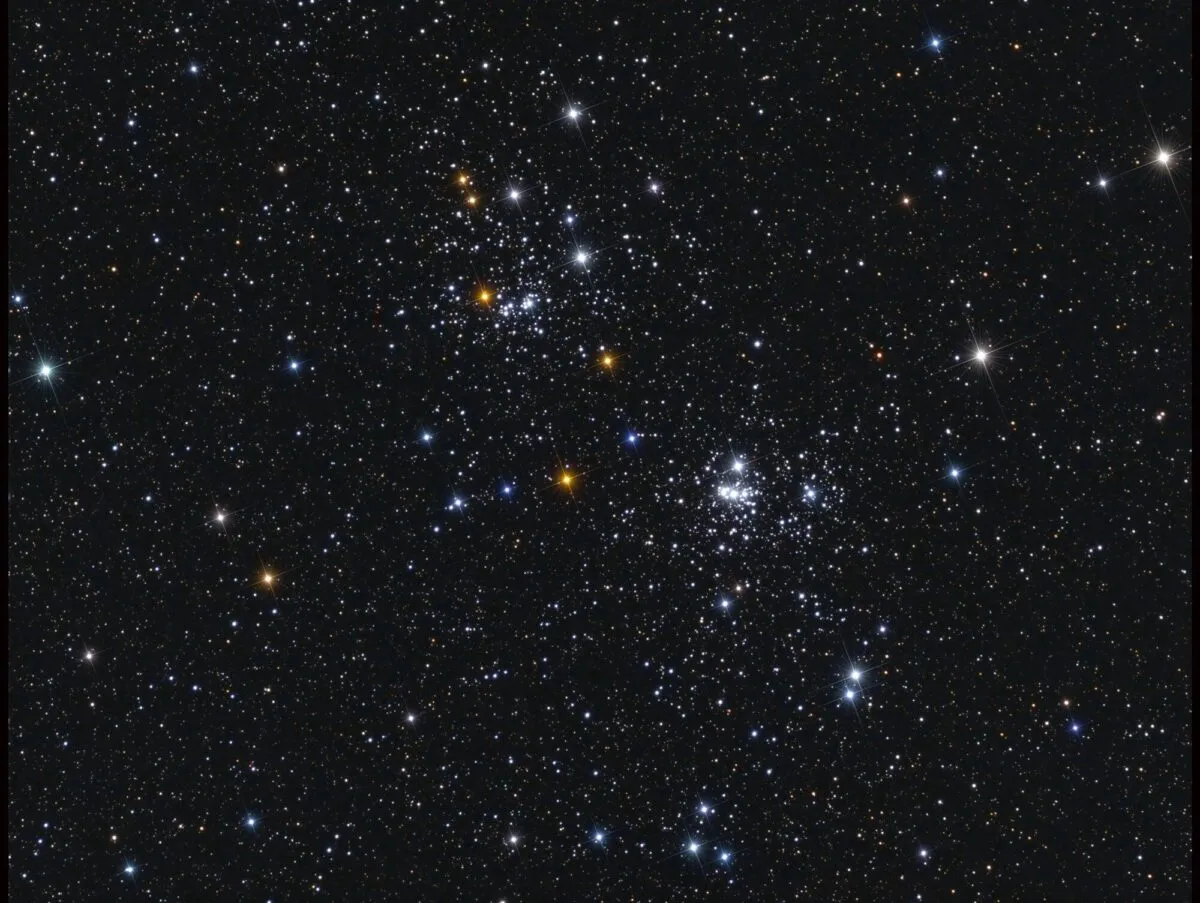
While we’re looking at Perseus, let’s try to find the Double Cluster, two open clusters (NGC 869 and NGC 884) that appear very close to each other in our sky. They’re about 7,500 lightyears away and appear to be about halfway between Mirfak and Cassiopeia’s W-shaped asterism.
These two are also in the far northern part of the sky so, like Ursa Major and the Alpha Persei Cluster, they’re circumpolar and are in the sky every night of the year.
What are your favourite naked-eye star clusters? Let us know by emailing contactus@skyatnightmagazine.com.
Scott Levine is a naked-eye observer and writer based in New York's Hudson Valley. For more stargazing tips, visit his website Scott's Sky Watch.
